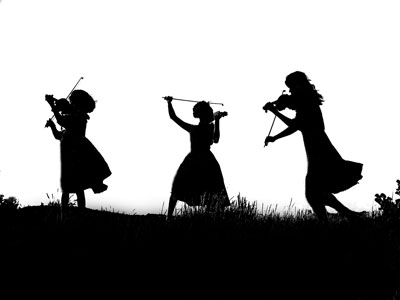All Nonfiction
- Bullying
- Books
- Academic
- Author Interviews
- Celebrity interviews
- College Articles
- College Essays
- Educator of the Year
- Heroes
- Interviews
- Memoir
- Personal Experience
- Sports
- Travel & Culture
All Opinions
- Bullying
- Current Events / Politics
- Discrimination
- Drugs / Alcohol / Smoking
- Entertainment / Celebrities
- Environment
- Love / Relationships
- Movies / Music / TV
- Pop Culture / Trends
- School / College
- Social Issues / Civics
- Spirituality / Religion
- Sports / Hobbies
All Hot Topics
- Bullying
- Community Service
- Environment
- Health
- Letters to the Editor
- Pride & Prejudice
- What Matters
- Back
Summer Guide
- Program Links
- Program Reviews
- Back
College Guide
- College Links
- College Reviews
- College Essays
- College Articles
- Back
The Power of The Orchestra
Adagio starts the piece, slowly and leisurely.
Bassoonists drag along with their extremely low notes.
Cellists sway gracefully introducing the melody to the orchestra.
Dynamics shape the violin’s part, making the melody surge.
Euphoniumists end the Adagio solemnly.
Fortissimo begins the next movement with a roar.
Glissandos in the violins add to the intensity.
Horns blast away when they receive the melody.
Inversions of the melody begin to happen in the violas.
Jazz techniques begin to be heard in the woodwinds.
Key changes suddenly happen leaving the crowd dumbfounded.
Lyres end the fast movement with a classical touch.
Marching is heard in the brass as the next movement is established.
Nonharmonic notes are heard in the strings to imitate a clashing sound.
Oboes play out fiercely to institute a strong melody.
Pianos shimmy down scales standing out in the percussion section.
Quarter notes add a dramatic touch to the already intensifying melody.
Rhythm is important as slow triplets change the mood of the movement.
Snare drums end the March with a snap.
Tubas blow out fiercely as the finale begins.
Underneath the melody one can hear the base cords.
Violins swell as crescendos spread throughout the orchestra.
Wood blocks’ solid sound creates a deep rhythm.
Xylophones swish up and down cords, boosting the already powerful conclusion.
Yu is heard in the woodwinds as the Orchestra fulfills the last few measures.
Zitternd ends the extraordinary piece with a trembling bang!

Similar Articles
JOIN THE DISCUSSION
This article has 0 comments.
